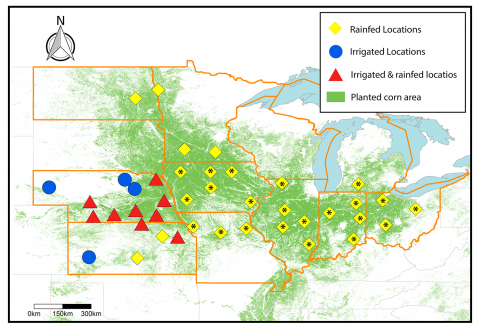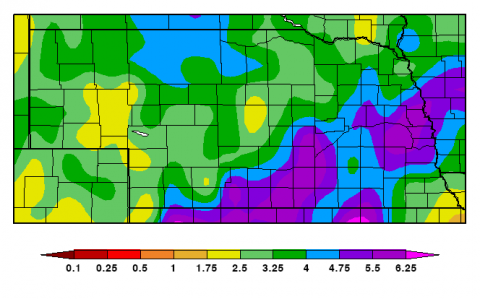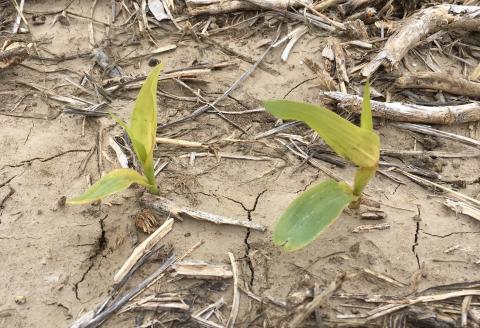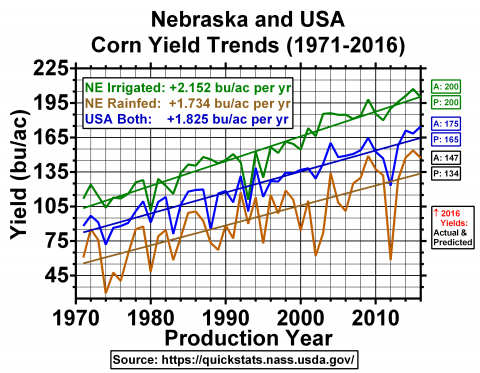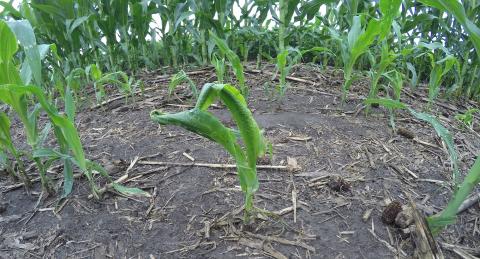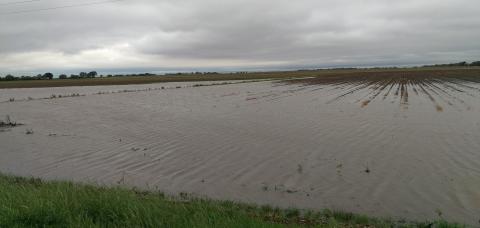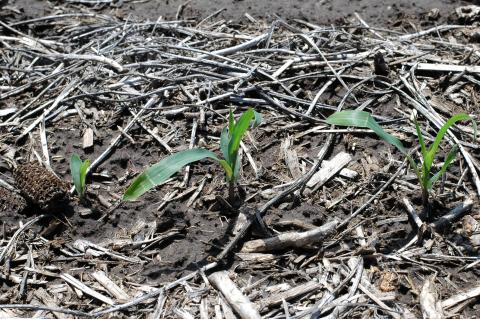2017 Corn Yield Forecasts: Approach and Interpretation of Results
July 6, 2017
This article discusses data and data collection for the Yield Forecasting Center forecasts of crop phenology and yield for 2017, including a map of the site locations and specific data on crop management and soil types for each site.
How Fast Do Corn Roots Grow? ISU is Taking a Look
June 22, 2017
Have you ever wondered how fast corn roots grow? Colleagues at Iowa State University have a number: more than 2 ¾ inches per leaf stage. That's about one inch per day! Soil cores were taken in the row and in the center between two rows. They used the cores to identify the presence of roots (depth and lateral growth).
When Weather Delays Planting – Now What?
May 26, 2017
Agronomists consider several options for those pushed into late planting due to heavy rains. Changing corn hybrids or soybean varieties is not recommended, nor is shifting to alternate crops.
Yellow Corn Seedlings … A Transition Phase Between Heterotrophic And Autotrophic Growth?
May 25, 2017
Widespread yellowish corn seedlings this spring may be due to the slightly sun- and heat-starved seedlings running out of the seed’s stored energy before the main nodal roots take over. A little sun and heat should green them up without affecting yield.
Soybean and Corn Yield and Acreage Trends through 2016
May 25, 2017
Nebraska soybean and corn yields steadily increased from 1971 to 2016, in both irrigated and rainfed production fields. Charts based on USDA National Agricultural Statistics Service numbers track these changes.
Evaluating Early-Season Hail Damage in Corn
May 25, 2017
Factors to consider when assessing early-season hail damage in corn. Growers urged to wait 7-10 days after hail to make full assessment.
Corn Survival in Ponded or Flooded Fields
May 19, 2017
Heavy rains of 2 to more than 4 inches in south central Nebraska May 15-19 have led to ponding or flooding in many fields. Survival of young corn plants under these conditions depends on several factors, described here.
Cross-Banding on Corn Leaves: One Week Later
May 17, 2017
A gallery of photos showing decreased effect of yellow cross-banding in corn leaves in south central Nebraska one week after initial report in CropWatch. This effect was due to pre-emergent cold temperatures and is not expected to affect yield.

